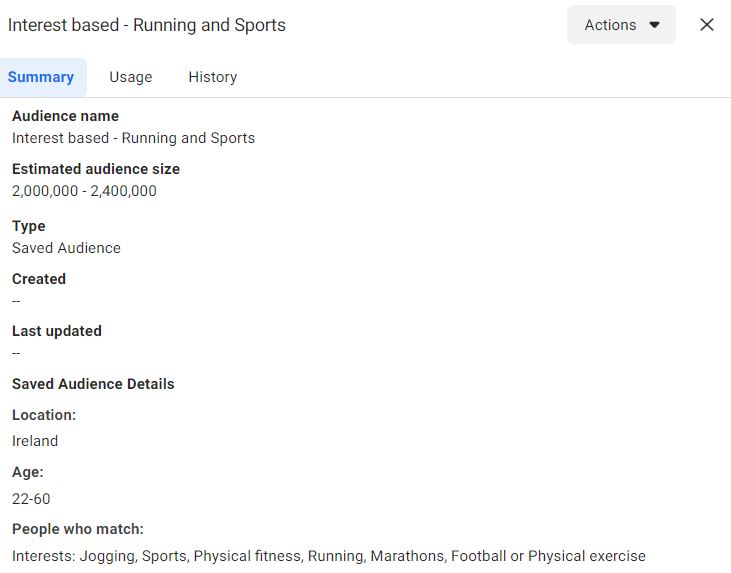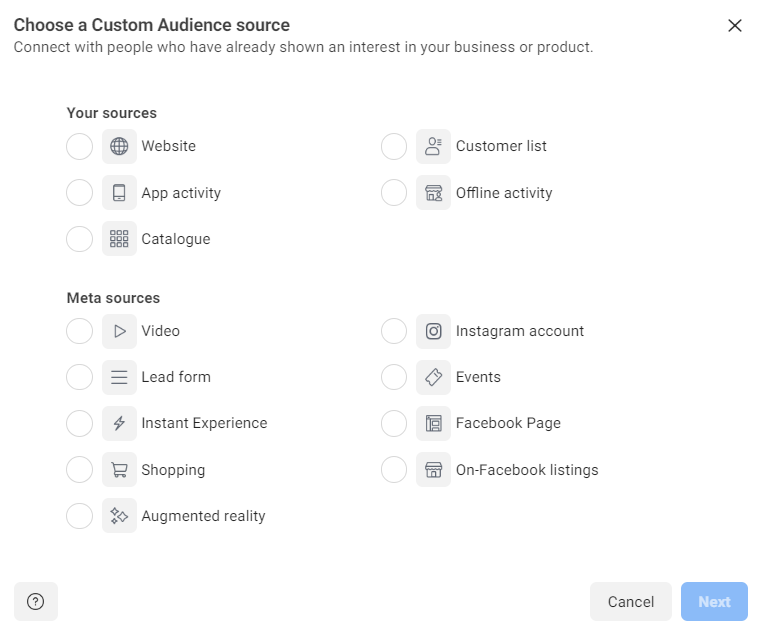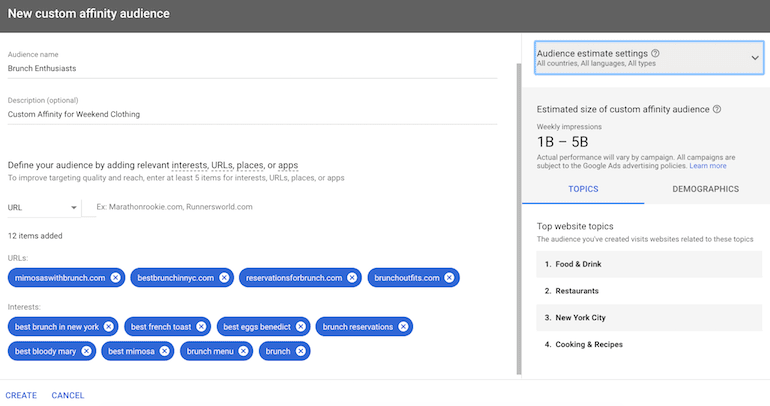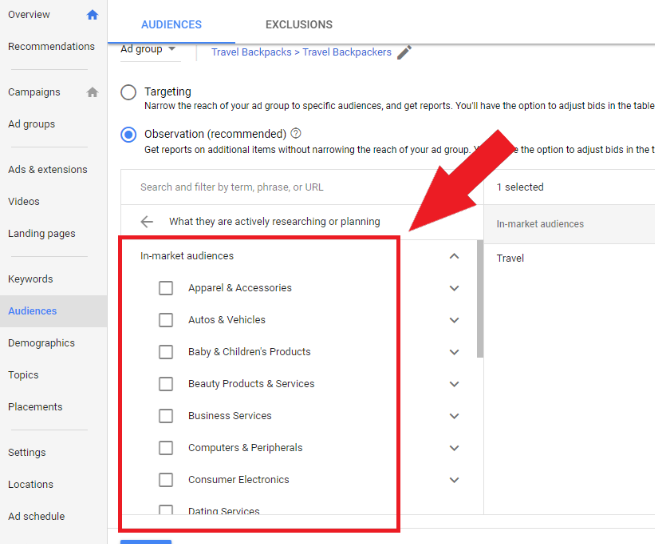Various targeting options available on digital channels
Through digital marketing, it has become quite easy for marketers to reach out to users through various channels. Depending on the brand and it’s target audience, marketers can advertise through various channels and targeting options which align best with their objective. This blog contains various targeting options available and how marketers can best utilize these options to maximize the result.
1. Interest based targeting
This type of targeting is available for all social media ad platforms, such as meta, Reddit, Twitter, Snapchat, TikTok etc. In this, marketers insert various interest groups while creating the audience for a campaign. For example, for a brand that sells sport shoes, marketers can include interest groups such as running, gym, sports etc. to target potential customers which are more likely to buy their product.

2. Profession based targeting
This targeting option is available on platforms such as LinkedIn, where the users are being targeted based on their job roles, description, function and even the industries that they work in. This method is mostly used for B2B marketing where businesses want expand their reach to other businesses. Users can also include other parameters such as company size and years of experience to target niche audiences.

3. Custom audience targeting
This audience is basically creating your own remarketing list by inserting a list of phone numbers or email id. The platform then takes some time to match the audience and then marketers can use that audience for their campaign. This method is available for all ad platforms such as google, meta, LinkedIn, Twitter etc. This audience is best used for customer retention and upselling.

4. Lookalike audience targeting
This method is used to reach out to users that are similar to a certain set of people, hence the name lookalike. Marketers can create a lookalike of a custom audience and reach out to users that have similar characteristics to their customers. They need to provide a source audience which which could be a list of existing customers, website visitors or subscribers. The platform’s algorithms then analyze the shared characteristics, interests, and behaviors of this source audience and identify individuals who closely match these traits. This method is a powerful tool for improving ad targeting efficiency and finding new, valuable customers.

5. Affinity audience targeting
This targeting technique refers to a group of people who share a strong and genuine interest in a particular topic, industry, or category. These audiences are identified based on users’ online behaviors, preferences, and engagement with specific content. For instance, an affinity audience could be created for individuals who show interest in fitness and wellness content. This method allows marketers to create precise audience segments, ensuring that the message reaches those with a genuine interest. This can be done by determining key themes or topics that align with your brand or business and then use the same audience in their advertising campaign.

6. In-market audience targeting
This technique refers to a group of users who are actively researching or showing intent to make a purchase within a specific product or service category. Such audiences are identified based on their recent online behaviors, searches, clicks and other signals that highlight interest in particular product or service. Such audiences are valuable for advertisers looking to target users who are likely to convert soon. Marketers can select a list of products or services which people are active researching on that aligns best with their brand or business product.

7. Keyword targeting
This is the most common search engine targeting method that involves selecting specific keywords or phrases relevant to a product, service or content and then running paid ads on such keywords. This strategy has the highest conversion rates since the intent of buying the product or service is already there. The Google keyword planner is a tool that shows keyword search volume, competition index and an estimate cost per click which the advertisers will need to pay when someone clicks on the ads.

Personally speaking, all these targeting options have their own pros and cons. For example, in custom audiences, marketers need to insert at least 500 phone numbers or email ids in order to create a custom audience. Below that number, it’s not possible to create a custom audience. But this targeting technique has the highest conversion rate. Hence, depending on the brand, product or service, marketers need to identify which targeting platform, technique or a mix of both, can be used that can give them the best results.
